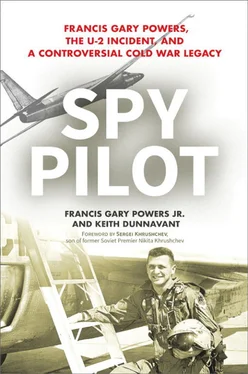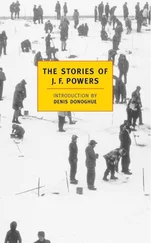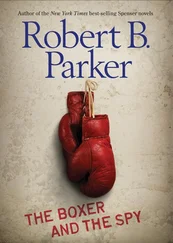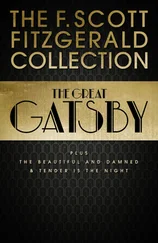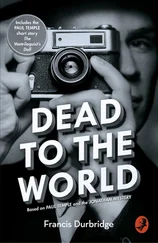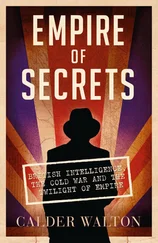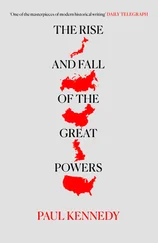Struggling to control his wife, Frank began thinking about divorce.
Less than two months into Powers’s deployment, Egyptian President Abdel Nasser nationalized the Suez Canal, sparking a major confrontation with Britain, France, and Israel, with the Soviets threatening to intervene on the side of the Egyptians. In his first mission, Powers was dispatched to the area. His trip revealed a rapid buildup of British and French forces around the island nation of Cypress, confirming Paris’s duplicity. President Eisenhower felt blindsided. 38
A succession of U-2 flights out of Incirlik gave the White House a bird’s-eye view of the unfolding invasion, though only a select circle knew the source of the intelligence. Saber-rattling by Khrushchev threatened to spilt the Western alliance over the issue, but, ultimately, Washington believed that the desire by two colonial powers to assert their dominion was not worth risking World War III. Eisenhower pressured his allies to withdraw, a capitulation which greatly diminished Britain and France.
The U-2’s role would not be declassified for years, but the CIA’s ability to look down from the top of the world and see through the fog of war was rife with symbolism.
Some weeks later in November 1956, Powers made his first flight over the Soviet Union.
Reflecting on the experience many years later, he said, “You were apprehensive of the unknown. It was the not knowing that got to you. Were they even aware that I was up there?” 39
He did not see any signs of jets or missiles.
Even though it was sent out infrequently, the U-2 was quickly winning big fans at the CIA and the Pentagon.
In early 1957, General Curtis LeMay, the firebrand head of Strategic Air Command (SAC), decided to deactivate his F-84 wing, which left Tony Bevacqua, Powers’s onetime roommate, open for a new assignment. A superior asked him, “How’d you like to fly something I can’t tell you a darned thing about?” Intrigued, he immediately replied in the affirmative, thinking that if he rejected the opportunity, he might face a fate worse than death for a fighter pilot: transfer to a bomber squadron.
After several weeks of physical and psychological tests at Wright-Patterson Air Force Base in Dayton, Ohio, and being fitted for a pressure suit in New Haven, Connecticut, he remained in the dark about his new aircraft. “With the suit, I knew it was going to be a high flier,” he recalled.
Minutes after stepping out of an Air Force transport plane at March Air Force Base in Riverside, California, he was directed onto another plane with civilian markings, joining several other Air Force pilots. About an hour later, the plane, piloted by Lockheed test pilot Ray Goudy, landed in a remote area. A member of the ground’s crew yelled, “Welcome to Groom Lake.”
Emboldened by the CIA’s success with the U-2, the Air Force was forming its own squadron.
“Holy cow,” Bevacqua thought when he saw the U-2 for the first time, starting the training that would have him soloing in a matter of weeks. “What is that?”
“It sure looked odd,” he recalled.
At this time, he was completely unaware that his friend who had disappeared was flying the same aircraft.
In his proposal to the president, Edwin Land, the founder of Polaroid, had spoken very optimistically about the potential of the reconnaissance program to peel back the veil shrouding Soviet capabilities. Within a few months, he was proven correct. The photographs taken by the U-2 allowed the CIA to map vast areas of the USSR, bringing many once-hidden military installations into view.
Like various other aspects of the aircraft, the cameras were designed especially for the project. They were meticulously honed to reduce weight and keep working throughout a long flight, and they utilized a Mylar film recently perfected by Kodak. “The cameras required a lot of attention, especially the shutters, which often stuck shut,” explained Birdseye, who learned the peculiarities produced by dramatic changes in temperature and other influences and how to work the problem. Once the film was rushed into the hands of the skilled interpreters, a wealth of previously hidden knowledge about the closed society informed the president, whose desk was often overflowing with large black-and-white prints, demonstrating another important discovery.
Once the evidence began to accumulate, the agency reached an important conclusion: There was no “bomber gap.”
The Cold War took an unexpected turn when Jimmy Bozart dropped his change.
While making his collections one day in the summer of 1953, the paperboy fumbled his money onto a staircase. When he reached down to pick it up, he noticed one of the nickels was split in half, revealing a hollow opening. Upon closer inspection, he found what was later determined to be a tiny piece of microfilm, containing a coded message, which his father turned over to a New York City police officer. Eventually the nickel wound up in the possession of the Federal Bureau of Investigation, which determined that Bozart had stumbled onto a Soviet spy ring. 40
Four years later, the clue helped lead the FBI to a Brooklyn artist who was in actuality a KGB agent engaged in espionage concerning America’s nuclear arsenal.
Colonel Rudolf Ivanovich Abel, the most important Soviet spy to be apprehended since the Rosenbergs, denied everything. He was quickly convicted and sentenced to thirty years in a federal penitentiary. He might have been executed, if not for the clever defense waged by his attorney, James B. Donovan, who argued: “It is possible that in the foreseeable future an American of equivalent rank will be captured by Soviet Russia or an ally…. At such time an exchange of prisoners through diplomatic channels could be considered to be in the best interests of the United States….” 41
The intense media coverage of the trial scarcely mentioned the possibility of an exchange, which seemed far-fetched.
Even as the Abel case cast a temporary spotlight on the battle for secrets, giving Americans another reason to be distrustful and fearful of the Soviets, a tiny aluminum ball emitting an ominous beep proved even more alarming. On October 4, 1957, when the USSR launched Sputnik, the world’s first artificial satellite, the technological superiority it demonstrated made Americans feel vulnerable. Soon the United States would join the space race, but it was the anxiety regarding a potential military application of the rocketry that cast such a distressing pall upon one of the century’s greatest scientific achievements.
Within months, the Soviets announced the development of their first intercontinental ballistic missiles, which were capable of delivering nuclear weapons launched from the USSR by remote control. “Now the bomber and fighter can go into museums,” Khrushchev crowed. 42American politicians began talking about a “missile gap,” which eventually signaled new activity for the U-2.
The Soviets were desperate to learn about the U-2.
The same month Sputnik was launched, while driving to work at Giebelstadt, where his cover job was overseeing the base gym, First Lieutenant Betterton saw a suspicious car parked on the side of the road near the end of the runway. With a U-2 surveillance mission scheduled to launch later that morning, on a flight path that would take it right over the car, and aware that the KGB was snooping around trying to find their secret base, the agency pilot, dressed in his US Air Force uniform, turned right and headed for trouble.
Pulling up next to sedan, where he saw two burly men wearing heavy overcoats, he tried to engage them in conversation.
“Are you lost?” he said in English.
Читать дальше
